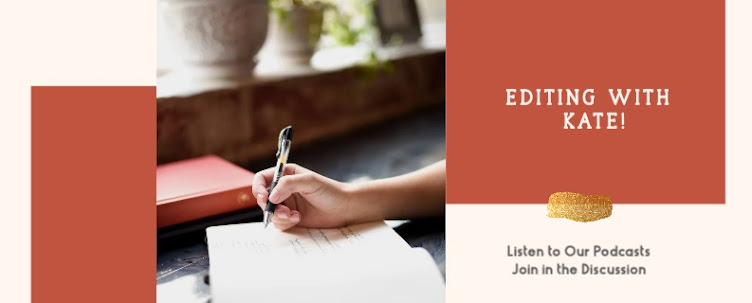By Kate Devlin
If you are writing a paper that needs to follow APA style guidelines, read on to see how to avoid some of the most common mistakes writers make.
What are some of the most common issues writers run into with APA style?
As most writers following APA style have probably already realized, there are many dos and don’ts when it comes to APA style. While there are many rules to follow, you may find that the more you work with them, the more familiar they become. You might even become an expert!
You are not alone if you struggle a bit with following APA style. There are great resources to guide you like the American Psychological Association’s website (apastyle.apa.org).
Here are some of the most common mistakes to watch out for:
- Pay attention to verb tense. Use past tense for the literature review, the methodology section (if it’s already happened), and the results section.
- Use what is called the Oxford comma (also known as the serial comma) for a series of items. This means that if you have a series of items, you put a comma after each item and before the “and.” For example, I like apples [comma], pears [comma], and grapes.
- Only use one space after a period, not two. (This is good practice for whatever you write since two spaces after a period has not been in practice for a while now.)
- For quotations, be sure to lead into your quote with a sentence or two introducing it, such as why it’s important and how it relates to what you are writing about. Don’t just leave the quote hanging with no explanation.
- Be sure to use transitions between paragraphs and sections. They help guide the reader through your paper. Transitions are words like “first,” “second,” “next,” or “finally.”
- Be sure you are using the correct formatting for your in-text citations and your reference list. The APA website has many examples to help you. Also, be sure that any references cited in your text match the ones listed on your reference pages.
- Check your formatting—from the title page to the last appendix section, APA has rules for it all—margins, fonts, alignment, indentation, tables and figures, citations, etc. But don’t worry, while APA has many requirements, they also have plenty of examples to follow—another instance where the APA website will help you tremendously.
- Be sure that the purpose statement that you use throughout your paper is consistent. You don’t want to send mixed messages to your reader.
While there seem to be a lot of rules to remember when it comes to APA style, there are also lots of online tips and examples to help you.







